The Future of Gene Therapies: Three Trends
“Maps don’t show you where you will go in life, they show you where you might go.”—John Green Over the last 30 years the gene therapy community has been constructing its map. In September 1990 W. French Anderson and colleagues at the US National Institutes of Health (NIH) performed the first gene therapy procedure on […] The post The Future of Gene Therapies: Three Trends appeared first on LifeSci Voice.

“Maps don’t show you where you will go in life, they show you where you might go.”—John Green
Over the last 30 years the gene therapy community has been constructing its map. In September 1990 W. French Anderson and colleagues at the US National Institutes of Health (NIH) performed the first gene therapy procedure on a 4-year-old girl (Ashanti Desilva) born with severe combined immunodeficiency (SCID).
Despite a few horror stories reported in the popular press, the trial was a success and Ashanti is still alive.1,2 In 2017 and 2019 we witnessed the first two gene therapies approved by the US Food and Drug Administration (FDA) for commercial use: LUXTURNA, for inherited retinal blindness due to mutation of the RPE65 gene, and ZOLGENSMA, for spinal muscular atrophy (SMA) in patients less than 2 years old.3,4 In addition, over the last 2 years we have seen approval of three other products by either the U.S. Food and Drug Administration (FDA) or European Medicines Agency (EMA) or both, including ZYNTEGLO for adult and pediatric patients with β-thalassemia; SKYSONA for cerebral adrenoleukodystrophy; and LIBMELDY for metachromatic leukodystrophy in the European Union, with another 5 approvals expected in 2023.5 In addition to these approvals is a healthy pipeline of gene therapies in the clinical trial setting, including over 376 active trials.6
But the gene therapy map is not all peaks; there have been some valleys as well. In 1999 Jesse Gelsinger died during a gene therapy for ornithine transcarbamylase deficiency when he had a fatal immunologic response to an adenovirus vector.7 More recently, we have seen additional high-profile safety issues, including deaths associated with AAV vector gene therapies that have raised safety concerns among the public and regulators.8,9 We have also recently seen a 70% reduction in follow-on funding across cell and gene therapy companies that have impacted how they are approaching development, especially regarding manufacturing.5 There are looming questions about how health systems will afford gene therapy as a modality when there are 50 gene therapies on the market or when these therapies are developed for more prevalent diseases. The objective of this article is to look at future directions for gene therapies by describing three future trends and how they might impact safety, manufacturing development, and reimbursement and payment.
Trend 1: Enhanced and More Specific Vectors and Delivery Mechanisms:
Generally, the gene therapy delivery mechanism has been shown to be safe; however, there have been a few fatal cases of adverse events associated with adeno-associated viruses (AAV) viral vectors. To proactively confront some of the safety issues we are and will be seeing the advancements in virus vector design, new delivery mechanism and nonviral vector development.
Tissue-Specific Promoters for AAV Vectors:
For a gene therapy to work there needs to be a therapeutic gene and polyadenylation signal. The promotor’s job is to control the gene expression.10 The traditional promotors have not been tissue specific sometimes leading to low expression by silencing the transgene or overexpression resulting in cell damage and toxicity. One of the trends we see in the future is a movement towards using tissue-specific promotors. Tissue specific promoters are promoters that only work in specific cell types and can minimize over- and under expression.
Better Device Delivery Mechanisms:
Another trend we predict is the use of new devices to deliver more vector in a more localized manner to increase efficacy and minimize toxicity. We are starting to see this trend especially in central nervous system (CNS) disorders. For example, many gene therapies targeting the CNS deliver the vector through a bolus injection into the lumbar spine often with minimal brain penetration and cellular targeting. New approaches being developed uses computer models to understand the cerebral spinal flow dynamics in an individual to deliver vector more precisely.11
Non-Viral Vectors:
According to a recent analyst, more than 92% of vectors used for gene therapy are viral. With that said, we are seeing a growing interest in using nonviral vectors, especially for therapies requiring larger payloads and as a mechanism to immunogenicity. There are 2 main ways nonviral vectors deliver material: physically and chemically. Physical methods allow researchers to directly deliver genetic material to target cells. Ex vivo electroporation is an example. Chemical methods use natural or synthetic materials that are compatible in vivo and include lipids, polymers, nanoparticles, and ministring DNA.Presently, there are 60 therapies in the pipeline exploring the use of nonviral vectors.6
Trend 2: A Phased Approach to Manufacturing:
As mentioned earlier, follow-on funding for gene therapy companies has declined, putting more financial pressure on companies. As a result, we are observing more companies taking a phased approached to a manufacturing build out, helping to extend capital. The typical phased approach starts with limited capital investment for non-Good Manufacturing Practice (GMP) operations, including process development and analytical development (PD/AD), then grows incrementally with small-scale GMP capabilities until enough clinical data are available to drive funding and further large-scale investment.
When companies make large-scale investment and either build or enter a long-term lease, we see the best management of downside for those that position their facility as a flexible asset. Flexibility is an important element in manufacturing design in that it can accommodate multiple modalities and scales. A flexible design can mitigate the risk of a modified platform within one’s company, as well as position the facility as an asset. If a facility has flexible design, with modular walls and acceptable ceiling clearance, then the facility becomes a strong asset to accept a modified platform, or worst case, repositioning to the market.
Trend 3: Cost-Effectiveness vs. Cost-Effectiveness and Affordability:
Cost-Effectiveness: To date most of the gene therapies on the market or approaching approval have been for relatively rare diseases with very high unmet clinical need. This presents unique challenges to payers:
- Limited data: Often small, single-arm trials due to rareness and/or the transformational impact do not provide wide-reaching results
- High price points: The promise of long-term patient benefits means that these therapies can be cost-effective or even cost-saving at very high price points, putting them among the highest priced pharmaceutical options
- Upfront cost: Single dosing may mean that payers need to pay the entire cost of treatment up front and in advance of knowing the full longevity of effect
Despite some of these challenges, payers have been covering and paying for gene therapies based on the value they have been demonstrating in cost-effectiveness models and the limited budgetary exposure.
Cost-Effectiveness and Affordability:
The gene therapy pipeline is large. Currently there are 376 active gene therapy trials with 59 of those in Phase 3. Of the Phase 3 trials, 40 of them are for rare disorders, whereas 19 are for more prevalent disorders.4 With the potential for many more gene therapies on the market over the next 3 to 5 years and some of them for more common disorders, payers will become much more concerned about the overall budget impact.
We are starting to see this trend both in the United States and in Europe. In the United States we have observed the emergence of gene therapy “carve outs.” For example, Cigna, eviCore, Accredo, and Express Scripts have created a gene therapy “carve out” aimed at the self-funded, self-insured employer population, in which the employer pays $0.99 per member per month to insure that individual for gene therapy.12 This reduces the financial risk to the employer, but we have yet to see how these carve outs will impact patient access. In Europe some countries are employing dynamic approval models, in which conditional approvals at a price are given and then reevaluated once additional clinical trial and/or real-world data are available.13 For example, in Germany the G-BA may apply a time limit to the benefit assessment granted, meaning that that the product must undergo another benefit assessment (and rebate price negotiation).14 The gene therapies Libmeldy and Luxturna were both subject to time-limited benefit resolutions in Germany.
Parting Thoughts
As these trends illustrate, gene therapies are evolving across every aspect of the development cycle. There are now “more places that we might go.” The potential impact of gene therapy is fundamentally so profound that we must take this journey.
References
1. Anderson WF. September 14, 1990: the beginning. Hum Gene Ther. 1990;1:371-372.
2. Springen K. Using genes as medicine. Newsweek, December 6, 2004. https://www.newsweek.com/using-genes-medicine-123277.
3. FDA News Release. FDA approves novel gene therapy to treat patients with a rare form of inherited vision loss. Accessed November 11, 2022. https://www.fda.gov/news-events/press-announcements/fda-approves-novel-gene-therapy-treat-patients-rare-form-inherited-vision-loss.
4. FDA News Release. FDA approves innovative gene therapy to treat pediatric patients with spinal muscular atrophy, a rare disease and leading genetic cause of infant mortality. Accessed November 11, 2022. https://www.fda.gov/news-events/press-announcements/fda-approves-innovative-gene-therapy-treat-pediatric-patients-spinal-muscular-atrophy-rare-disease.
5. Alliance for Regenerative Medicine. Regenerative Medicine: The Pipeline Momentum Builds H1 2022 Report. Accessed November 12, 2022. https://alliancerm.org/sector-report/h1-2022-report/.
6. Watt A. A gene therapy landscape analysis of rare vs. common disorders. Gene Therapy for Rare Disorders Conference. 2022. Boston, MA.
7. Gene-therapy trials must proceed with caution. Nature. 2016; 534:590. https://doi.org/10.1038/534590a.
8. Masson G. Another Pfizer gene therapy is free of FDA hold, but delay continues. Fierce Biotech. 2022. Accessed November 12, 2022. https://www.fiercebiotech.com/biotech/fda-frees-pfizers-hemophilia-gene-therapy-clinical-hold.
9. Keown A. Another patient dies following treatment with Astellas’ experimental gene therapy. Biospace. Accessed November 12, 2022. https://www.biospace.com/article/patient-dies-following-treatment-with-astellas-pharma-s-experimental-gene-therapy/.
10. Zheng C, Baum BJ. Evaluation of promoters for use in tissue-specific gene delivery. Methods Mol Biol. 2008; 434:205-19.
11. Alcyone Therapeutics. Accessed November 16, 2000. https://alcyonetx.com/science-technology/falcon/.
12. Embarc Benefit Protection Plan. Accessed November 16, 2022. https://www.cigna.com/employers/cost-control/embarc-benefit-protection.
13. National Institute for Health and Care Excellence. Managed Access. Accessed November 29, 2022 https://www.nice.org.uk/about/what-we-do/our-programmes/managed-access
14. Macaulay R, Wang G, Majeed B. Time-limited G-BA Resolutions – A tool to Appropriately manage reimbursement of innovative therapies receiving expedited regulatory approval. European International Society of Pharmacoeconomics and Outcomes Research Conference, (2018). Barcelona, Spain.
The post The Future of Gene Therapies: Three Trends appeared first on LifeSci Voice.
What's Your Reaction?

































